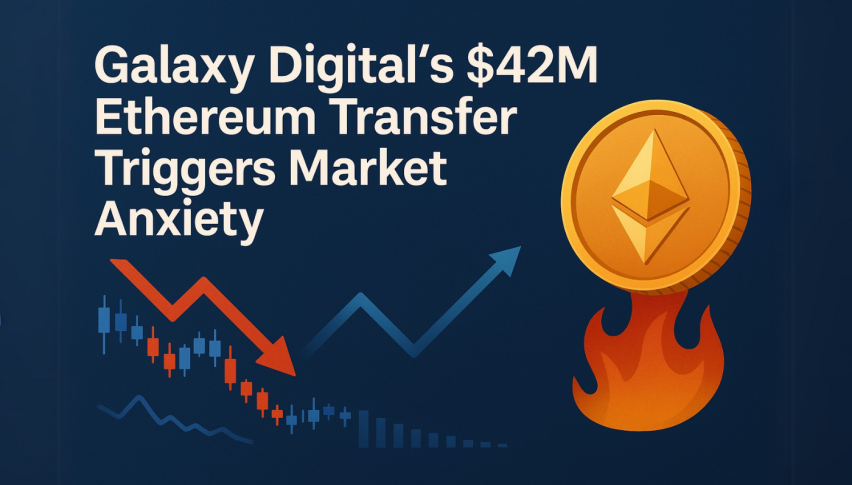Ethereum Eyes 100x Gas Limit Boost: A Bold Leap Toward 2,000 TPS
Ethereum may soon undergo one of its most radical performance upgrades yet.

Quick overview
- Ethereum is set to potentially increase its gas limit by 100 times, aiming for a transaction throughput of up to 2,000 TPS.
- This upgrade addresses Ethereum's long-standing scalability issues and could significantly enhance the performance of decentralized applications and DeFi platforms.
- The proposed gas limit increase will occur incrementally starting from June 2025, using a compounding formula to gradually expand capacity.
- While the upgrade poses risks related to node operation and centralization, supporters believe the existing Layer-2 ecosystem can manage the changes effectively.
Ethereum may soon undergo one of its most radical performance upgrades yet.

According to recent proposals from Ethereum Foundation researcher Mike Neuder, the network is preparing to increase its gas limit by 100 times—a move that could catapult Ethereum’s transaction throughput to as high as 2,000 transactions per second (TPS).
This dramatic expansion directly addresses one of Ethereum’s longest-standing challenges: scalability. While the network has made significant progress with rollups and the transition to proof-of-stake, the base layer has remained bottlenecked by limited gas capacity. Neuder’s proposal outlines a phased, epoch-based increase in gas limits, gradually allowing Ethereum to handle exponentially more transactions without compromising network stability.
The current gas limit, which dictates how much computational work can be done per block, has long acted as a cap on Ethereum’s capacity. Under Neuder’s plan, starting from epoch 369017 (around June 2025), the gas limit would increase incrementally at each epoch. The formula? Simply multiply the previous limit by 1.0003—an approach that compounds over time, eventually resulting in a 100x increase.
If implemented, this upgrade could push Ethereum to rival traditional financial networks in terms of speed and efficiency, significantly improving the user experience for decentralized applications, DeFi platforms, and NFT marketplaces. Faster and cheaper transactions would also enhance Ethereum’s competitiveness against newer Layer-1 chains that have tried to gain market share through scalability alone.
Of course, such a bold move isn’t without risks. Critics warn that increasing gas throughput could strain node operators and raise concerns around centralization, as more powerful hardware may be required to keep up with heavier blocks. However, supporters argue that Ethereum’s maturing Layer-2 ecosystem and staking infrastructure are well-equipped to absorb the impact.
With scalability long considered Ethereum’s Achilles’ heel, this proposal represents a monumental step toward resolving it at the protocol level. If successful, it could reinforce Ethereum’s status as the dominant smart contract platform—not just in innovation, but in raw performance.
The Ethereum network isn’t just evolving. It’s preparing to scale at a level previously thought impossible.
- Check out our free forex signals
- Follow the top economic events on FX Leaders economic calendar
- Trade better, discover more Forex Trading Strategies
- Open a FREE Trading Account



